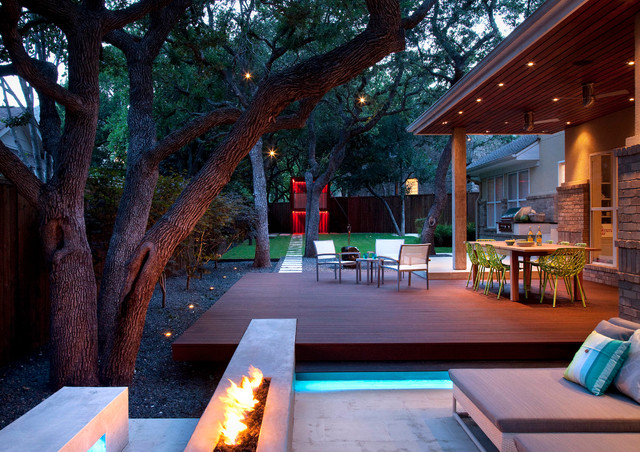Outdoor lighting is intended for use on the exterior of a building, including the walls, ceiling, and floor. Many applications and fixtures are available for outdoor lighting, providing different kinds of value to outdoor spaces. Meanwhile, a wide range of outdoor lighting options is available to increase safety, security, and the aesthetic appeal of outdoor spaces in several settings. In the nighttime, outdoor wall lights may shine a helpful light along walkways and bring attention to exciting aspects of the environment. Various outdoor lighting options, such as solar, hardwire, and plug-in models, are available.
How to Select High-Quality Outdoor Lighting
Outdoor lighting is made from polymers and metals designed to withstand the elements so that it won’t fade or rust even after years in the sun. To prevent damage from the sun and rain, a special coating is usually applied to outdoor light fixtures. This prevents the light fixture from deteriorating over time under harsh weather conditions. Manufacturers will utilise grading criteria to establish the best parameters for outdoor lighting. Among these are:
- Lights that are only partially exposed to the elements are not subject to the UL Damp Location Rating.
- Approved for Use in Damp Areas: Suitable for Outdoor Use in Any Condition
- Use near the water or on the beach? Choose a solid aluminium or marine-grade resin that can endure the corrosive effects of salt, moisture, and air.
Many Varieties of Outdoor Lighting
Spotlights
This is a catchall word for lights that only shine in one direction.
Spotlights are a generic name since they may be used to create many different kinds of light. An uplight, for instance, produces a wall-grazing effect when directed upwards towards a wall from a spotlight.
There is a wide variety of intensity and coverage available with spotlights. They are commonly used to provide light on various movable targets, such as sculptures, plants, walls, and patios.
Illumination for the Walls
When discussing outdoor lighting, anything mounted or flushed against walls is considered outdoor wall lights. Lighting fixtures of this sort are mounted along walls to shed light downward or upward along passageways and doorways. Wall sconces and lanterns are both common types of outdoor wall lighting that add practical and aesthetic value to any outdoor space.
Lighting Fixtures for Lamp Posts
Lamps are designed to be put atop tall fences, railings, or posts. The most common locations for these lights are along sidewalks and swimming pools. Low-hanging post lights increase visibility by drawing attention to landscape elements and potential tripping hazards along sidewalks. And if you have post lights, consider upgrading to a taller post so that more of the area is illuminated. Besides, using solar energy to power outdoor post lights expands their usefulness.
Landscape Lighting
The purpose of landscape lighting is to draw attention to the landscape’s natural features, including trees and plants, as well as artificial features, like fountains and sculptures. Included here are spotlights, low-profile post lights, and path lights. Landscape lighting has two purposes: it warns of potential dangers and beautifies outdoor spaces.
Lighting and Flood Protection
The total brightness of floodlights is focused in a wide arc to illuminate a particular area. These powerful fixtures provide ample light for use in outdoor areas. Some security and flood lights have motion detectors that turn on only when they detect motion. In addition to increasing protection against break-ins, motion sensors are pretty inexpensive.
